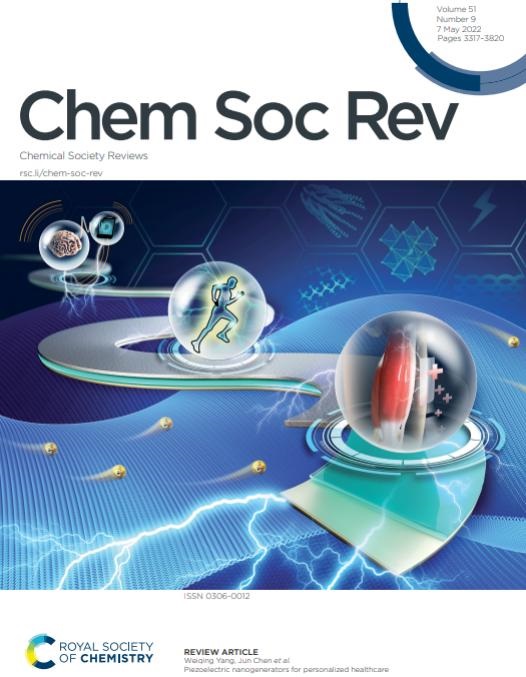化学蛋白质组学用于全面了解功能活性和相互作用组。
IF 40.4
1区 化学
Q1 CHEMISTRY, MULTIDISCIPLINARY
引用次数: 0
摘要
传统的基于质谱(MS)的蛋白质组学旨在检测和测量蛋白质在全球范围内的表达,并阐明蛋白质功能与表型特征之间的联系。尽管质谱技术的进步大大拓宽了可检测蛋白质组的范围,但这些方法主要提供蛋白质丰度的数据,并对其功能活动提供有限的见解。表型性状来自蛋白质丰度和功能活性之间的相互作用,由于生物系统的复杂性,精确测量活性是一项关键但具有挑战性的任务。此外,蛋白质的生物学功能与其在细胞环境中与其他分子的相互作用密切相关。化学蛋白质组学提供了一种补充方法,使用化学生物学中开发的工具包来绘制分子相互作用组,并提供对特定靶蛋白活动的初步见解。然而,这些技术的价值并不在于孤立,而是作为更广泛的实验工作流程的一部分,包括后续生物学研究,以验证发现并阐明其功能相关性。本教程回顾了化学工具的设计原则,并检查了它们在两个关键领域的应用:(i)生物分子的功能活性分析和(ii)相互作用组表征的分子接近分析。我们还讨论了实验背景在塑造数据解释和确保生物学家实际采用这些方法的重要性。虽然化学蛋白质组学不是一个独立的解决方案,但它代表了下一代组学技术的有希望的一步,并在分子水平上推进了我们对生物功能的理解。本文章由计算机程序翻译,如有差异,请以英文原文为准。
Chemical proteomics for a comprehensive understanding of functional activity and the interactome.
Traditional mass spectrometry (MS)-based proteomics aims to detect and measure protein expression on a global scale and elucidate the link between protein function and phenotypic characteristics. Although advances in MS technology have significantly broadened the scope of detectable proteomes, these methodologies primarily provide data on protein abundance and offer limited insights into their functional activities. Phenotypic traits emerge from the interplay between protein abundance and functional activity, making the accurate measurement of activity a critical but challenging task, owing to the complexity of biological systems. Furthermore, the biological function of a protein is strongly linked to its interaction with other molecules within the cellular environment. Chemical proteomics offers a complementary approach that uses a toolkit developed in chemical biology to map the molecular interactome and provide initial insights into the activities of specific target proteins. However, the value of these techniques lies not in isolation, but as part of a broader experimental workflow that includes follow-up biological investigations to validate the findings and elucidate their functional relevance. This tutorial review highlights the design principles of chemical tools and examines their applications in two key areas: (i) functional activity profiling of biomolecules and (ii) molecular proximity profiling for interactome characterization. We also discuss the importance of the experimental context in shaping data interpretation and ensuring the practical adoption of these methods by biologists. Although chemical proteomics is not a standalone solution, it represents a promising step toward next-generation omics technologies and advances our understanding of biological functions at the molecular level.
求助全文
通过发布文献求助,成功后即可免费获取论文全文。
去求助
来源期刊

Chemical Society Reviews
化学-化学综合
CiteScore
80.80
自引率
1.10%
发文量
345
审稿时长
6.0 months
期刊介绍:
Chemical Society Reviews is published by: Royal Society of Chemistry.
Focus: Review articles on topics of current interest in chemistry;
Predecessors: Quarterly Reviews, Chemical Society (1947–1971);
Current title: Since 1971;
Impact factor: 60.615 (2021);
Themed issues: Occasional themed issues on new and emerging areas of research in the chemical sciences
 求助内容:
求助内容: 应助结果提醒方式:
应助结果提醒方式:


